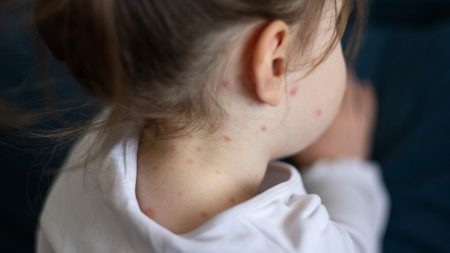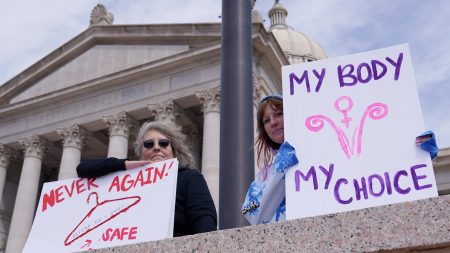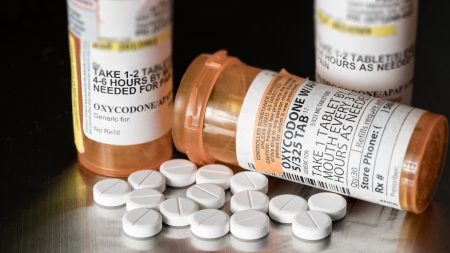The article highlights a critical issue within police academies, where the intense physical training and lack of proper medical screening have led to the deaths of numerous recruits, particularly Black individuals with sickle cell trait. Here’s a structured summary of the key points and conclusions:
-
Intensity of Training and "Hell Day": Police academies, especially on the first day known as "Hell Day," subject recruits to extreme physical exertion, which has resulted in at least 29 deaths over the past decade. Causes include exertion, dehydration, and heatstroke.
-
Sickle Cell Trait and Racial Disparities: A significant proportion of these deaths involve Black recruits, many of whom have sickle cell trait. This condition, common in Black populations, can lead to serious complications under intense physical stress. Unlike the NCAA and military, most police departments do not screen for this trait.
-
Preventable Deaths and Expert Reactions: Experts express shock at the number of fatalities, emphasizing that many could have been prevented with better practices, such as adequate hydration, regular breaks, and moderating training intensity in extreme heat. Some departments have started implementing changes, including on-site ambulances and health screenings.
-
Systemic Issues and Lack of Accountability: The absence of a federal tracking system for recruit deaths contributes to the problem, potentially leading to underreporting and inconsistent solutions. The overrepresentation of Black recruits in these fatalities raises concerns about racial disparities in training practices and support.
-
Emotional and Financial Impact on Families: Families of deceased recruits often face not only grief but also financial hardship, as many recruits are not yet sworn officers, making their families ineligible for death benefits. The story of Ronald Donat’s wife, Sharline, illustrates this struggle, emphasizing the need for policy reforms.
- Call for Reform: Experts and advocates urge police departments to adopt safer training practices, improve medical screening, and provide support to affected families. These reforms are seen as crucial to preventing future tragedies and ensuring the safety of recruits.
In conclusion, the article underscores the urgency for systemic changes within police academies to address preventable deaths, highlighting the need for better medical practices, safer training protocols, and support for families. The emotional weight of these stories calls for immediate action to avoid further loss of life.















